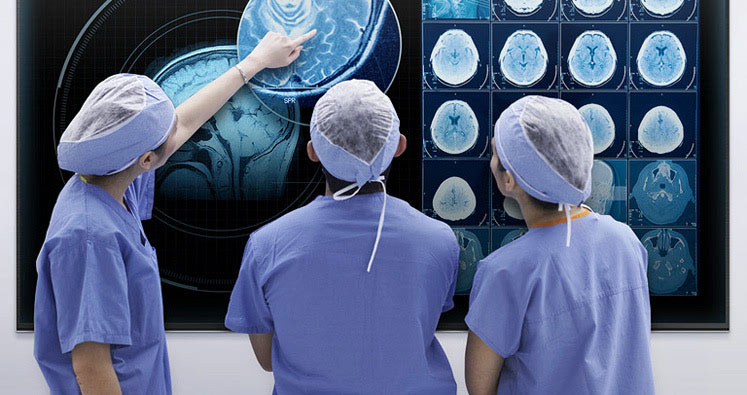At the end of 2016, the National Health and Family Planning Commission successively issued the basic standards and management specifications for medical institutions such as medical imaging diagnostic centers, medical laboratory, blood purification institutions and pathological diagnosis centers. After the introduction of the regulations, the Health Planning Commission recently released an interpretation report, responding to seven major issues of concern to the industry and society. 1 Why should we introduce management regulations? In the medical reform policies of the party and the state, it is the current main task to guide the health care work to sink and the resources sink, and to establish a healthy “gatekeeper†system. It is the fundamental policy to meet the needs of the people for medical treatment. The establishment of medical laboratory and other independent medical institutions can alleviate the problem of resource allocation imbalance to a certain extent, around the construction of urban and rural collaborative medical and health service networks, encourage social forces to actively participate, explore rational allocation of resources, effectively revitalize stocks, and improve resource allocation. Use an efficient system of medical and health services to promote social forces to run medical treatment and promote the realization of the commitment of the party and the government to protect the health of the people. In the "Several Opinions of the State Council on Promoting the Development of Health Service Industry" and "Guiding Opinions of the General Office of the State Council on Promoting the Construction of Graded Diagnosis and Treatment System", it is clearly stated that "the third-party service will be vigorously developed. Guided by the development of professional medical inspection centers and "Image Center" and "Explore the independent regional medical inspection institutions, pathological diagnostic institutions, medical imaging inspection agencies, disinfection supply agencies and blood purification institutions to achieve regional resource sharing" rational allocation of medical resources. 2How to independently set up the pilot situation of medical institutions According to preliminary statistics, as of the end of May 2016, there were 323 medical inspection laboratories (309 social affairs offices, accounting for 95.7%) in 22 provinces including Beijing and Shanghai, and completed 460 million medical tests. A total of 6 pathological diagnosis centers (4 social organizations, accounting for 66.7%) were set up in three provinces of Beijing, Zhejiang and Jiangxi, and a total of 2.05 million pathological diagnoses were completed. There are 9 medical imaging diagnostic centers (8 in social offices, accounting for 88.9%) in five provinces including Shanghai, Zhejiang and Jiangxi. A total of 57 blood purification institutions (100% of the social office) were set up in five provinces including Shandong, Hebei, and Jiangxi. The blood purification was 247,000, and the average cost of hemodialysis was reduced by 17.3%. 3 What is the management standard for setting up a medical institution independently? For these four types of independent medical institutions, the state has introduced basic standards and management practices. It mainly includes the “bottom line†requirements for the independent setting of medical institutions, medical department settings, personnel, houses and facilities, zoning layout, equipment, rules and regulations. The management specification clarifies the “software†requirements for the independent management of medical institutions. It mainly includes institutional management, quality management, safety and infection prevention and control, personnel training and occupational safety protection, supervision and management, etc. It is an internal management requirement that must be followed by independent setting of medical institutions. For example, in the "Basic Standards for Medical Laboratory", the qualifications of personnel are stipulated. There shall be at least one clinical category of practicing physicians with qualifications for associate professional or higher professional titles. There are at least 5 medical professional health technicians in each clinical examination, at least one of whom has a technical staff with a sub-high level or above and a middle-level professional technical title. At least one bioinformatics expert is required to carry out the second-generation gene sequencing project; at least one medical genetics professional is involved in the genetic-related genetic testing program. At the same time, it also stipulates the minimum standards for houses and facilities. The area for medical use is not less than 75% of the total area. A clinical laboratory is set up with a construction area of ​​not less than 500 square meters. If more than two clinical examinations are set up, Each additional professional building area is increased by 300 square meters and so on. Nitrendipine Tablets,Hypertension Drug,High Blood Pressure Drug,Hypertension Nitrendipine Tablet SHANDONG XINHUA PHARMACEUTICAL Co., Ltd. , https://www.sdxinhuapharm.com